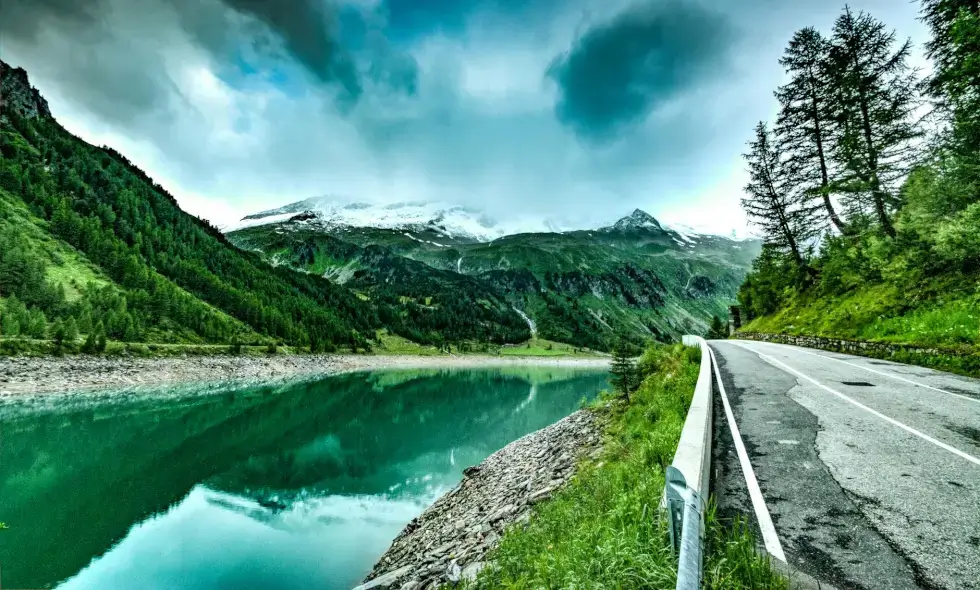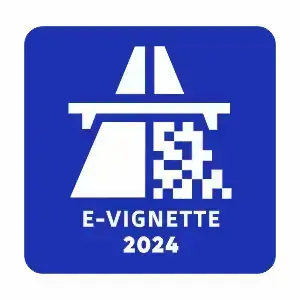The history and current state of the A3 motorway in North Transylvania is quite symbolic. The first section of the highway, which runs between Torda and Gyalu, was inaugurated on December 1, 2009, just between the two rounds of the presidential election, for political purposes. The Prime Minister at the time, Emil Boc, used the move to secure the second mandate of his patron, President Traian Băsescu.
Although Băsescu managed to defeat his opponent, Mircea Geoana, the highway remains unfinished and suffers from many infrastructural deficiencies. There are no rest areas, filling stations and soundproof walls along the highway. For example, on the 42-kilometer section planned next to Cluj-Napoca, which has no detours, a junction is only now being built that could help those traveling between Marosvásárhely and Dés, as well as those trying to reach the eastern and southern parts of Cluj-Napoca. The lack of fuel also causes problems on the section approaching Gyalu. Ferenc Árpád Kun, the owner of Davidcar Kft.'s car repair workshop, reported that motorists often come asking for help because of a lack of fuel.
There are no rest areas or filling stations along the highway, and motorists are forced to climb over the fence next to the track to get fuel. Several calls for tenders were issued for the construction and operation of the rest areas, but so far there have been no applicants. The operator of the highway, CNAIR, is trying to resolve the deficiencies by involving private capital, but so far without success. The latest call for tenders, which calls for the creation and operation of rest areas on several sections of the highway, is still ongoing.
However, the lagging infrastructural elements hinder not only transport, but also rescue work. In the case of serious accidents, ambulances can only approach the scene and transport the injured with large detours. Specialists often expect that whistleblowers cannot precisely determine the location of the accident, so ambulances are sent from both directions. In case of serious accidents, it is also possible to deploy rescue helicopters. All in all, the situation of the A3 motorway poses many challenges for both motorists and emergency services.
Among the tasks to be solved are the construction of rest areas and filling stations, the installation of soundproof walls and the provision of suitable rescue routes. In the meantime, the authorities and the organizations managing the road infrastructure are making continuous efforts to remedy the problems that arise.



 Deutsch (DE)
Deutsch (DE)
 Greek (GR)
Greek (GR)
 Italiano (IT)
Italiano (IT)
 Magyar (HU)
Magyar (HU)
 Polski (PL)
Polski (PL)
 Română (RO)
Română (RO)
 Slovensky (SK)
Slovensky (SK)
 Slovenščina (SL)
Slovenščina (SL)
 Türkçe (TR)
Türkçe (TR)
 Česká (CZ)
Česká (CZ)








